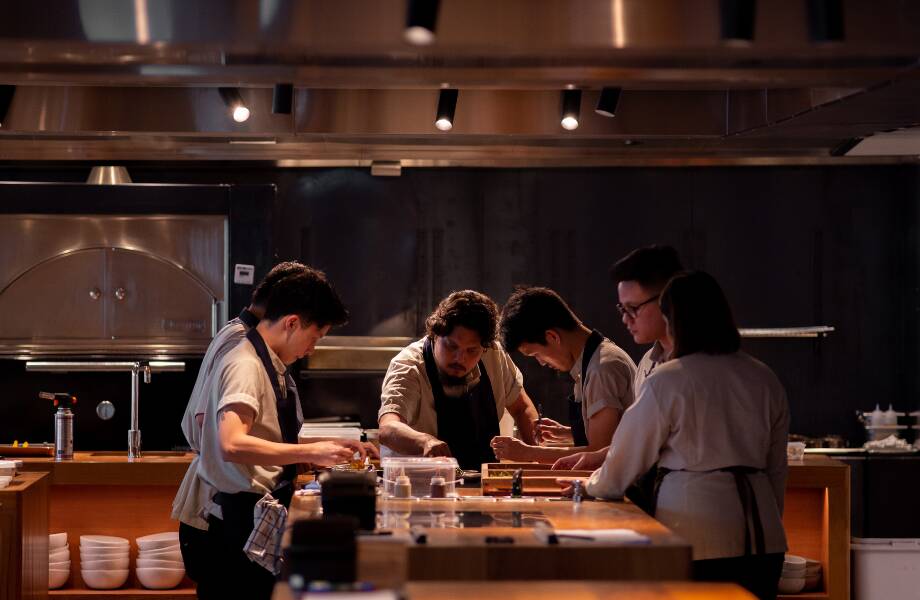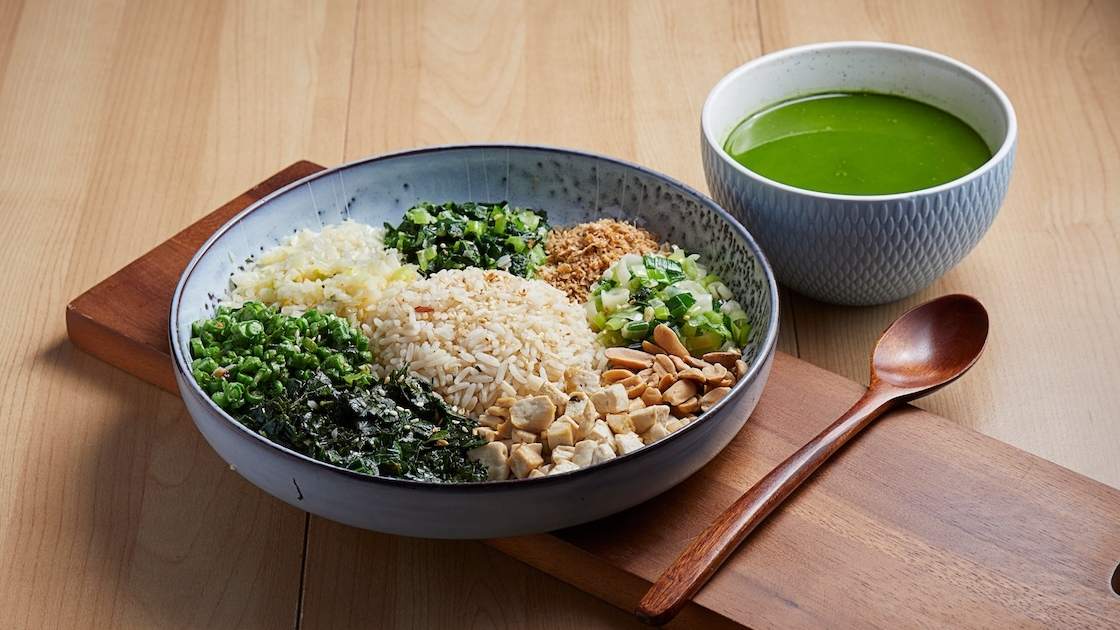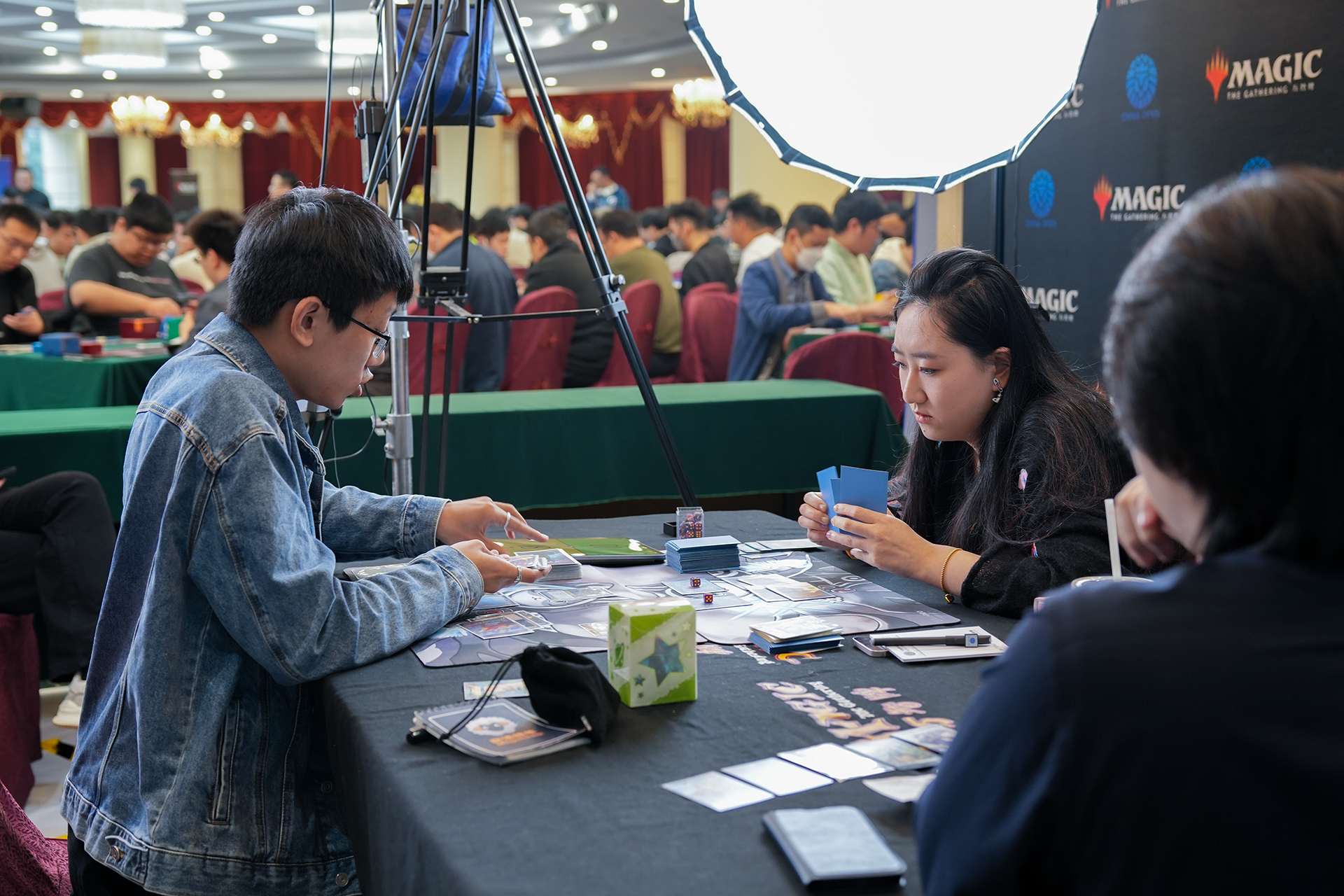Chinese food’s popularity worldwide is at an all-time high. Even so, a lot of people probably can’t name a Chinese dish. We’re about to hook you up, so that when you sit down for a traditional dinner with your friend’s family, you won’t be asking for the orange chicken. Here’s your intro course in 11 “real” Chinese foods to know, out of approximately one hundred thousand.
1. Jian Bing
Let’s kick things off with the humble jian bing. Fondly referred to as a “Chinese breakfast burrito” by confused foreigners everywhere (or is it a Chinese galette?), the jian bing and its bing (variously translated as “cake,” “pancake,” and “round flat cake”) family variations can be found on sizzling street skillets in every city in China. (And New York.) The classic jian bing consists of a fried, crepe-like pastry wrapping, a fried egg, sauces, cilantro or other herbs, and a crispy baocui (crispy fried) cracker. One of these bad boys will generally run you about 4 RMB (less than a dollar), plus some extra if you want to add chicken or other meat.
2. Hongshao Niurou Mian
Hongshao means red-braised, and generally refers to meat specially cooked with soy sauce. Niurou is “beef,” and mian is noodle, so hongshao niu rou mian is red-braised beef noodle soup, and it’s delicious. Served at Chinese Muslim specialty restaurants that steer clear of the normal Chinese affinity for pork, it also gives us the opportunity to introduce lamian – hand-pulled noodles. In America, a lot of us view the process of pulling noodles by hand from a lump of dough as a carefully learned skill and a byproduct of intensive culinary study. Meanwhile, in China, these guys are out in every tiny street shop or cafeteria, pulling noodles and smoking a cigarette like it’s nobody’s business:
The hand-pulling gives the noodles a special kind of “bouncy” texture, and when they join forces with the red-braised beef, broth, and herbs/spices in a bowl of hongshao niurou mian, it’s game over for hunger (and hangovers).
3. Xiaolongbao
A worldwide favorite and specialty of Shanghai, and with good reason. It’s no surprise everyone from Anthony Bourdain to Andrew Zimmern is raving about xiaolongbao soup dumplings, the perfectly steamed, twisted pockets of soupy, meaty goodness. You might even have seen Time Out London get eviscerated on social media for their sloppy handling of the dumplings’ inner treasures. Specialty restaurants overseas do their best with $8.25 imitations (we’re looking at you, Joe’s Shanghai of NYC), but they’ll never match the mastery you’ll experience at any given corner restaurant in Shanghai, where they cost the equivalent of $1.
4. Gongbao Jiding Fan
Oh yeah, something we recognize. Jiding is diced chicken, and fan is rice. Gongbao is a word that might be more familiar when spelled in its old school anglicized form: Kung Pao. That’s right, we’re looking at the original dish that became the Kung Pao Chicken you know and love. Diced chicken, peanuts, and chili peppers are mandatory ingredients, mixed with other elements and served in a sauce over rice. It’s one dish that made the transition to Western palettes relatively intact.
5. Xihongshi Chao Jidan
This dish is straight up tomatoes and eggs. It sounds weird at first, but it’s at every table in every home or restaurant 100% of the time (you can fact check that). And who’s complaining – it’s simple, tasty, and pretty healthy. Do you like eggs? Do you like tomatoes? Good, you’re set. Fry the eggs first, then stew them up with some tomatoes. This one’s actually not too complicated.
6. Yangrou Chuanr
These grilled lamb skewers are everywhere. They’re a specialty of China’s Muslim minority group in Xinjiang province, and they will give you what you need. Thin cuts of meat are spiced with cumin and red pepper, and rotated to perfection over a charcoal roast. You’re gonna want to grab several.
7. Jiachang Doufu
Sichuan province is responsible for a lot of the deliciousness all over China, and jiachang doufu (homestyle tofu) is another great win. In China, tofu is more than just the tasteless meat alternative that all your vegan friends keep trying to convince you is cool. People here just love tofu for tofu’s sake, and it’s common for tofu dishes to also have meat in them, playing back up for the soy bean curd. Jiachang doufu is pan-fried, with Sichuanese chili bean paste, wood ear mushroom, and other vegetables.
8. Zhajiangmian
Zhajiangmian means fried sauce noodles, in reference to the dish’s defining sauce, which is made by simmering stir-fried ground pork or beef with salty fermented soybean paste. It’s very thick. In most noodle dishes, the sauce’s job is to add flavor to the noodles, but in zhajiangmian, it’s more like the noodles are a vehicle to deliver the hearty sauce.
9. Beijing Kaoya
Another dish that might be more familiar is Peking duck. People take it very seriously. Ducks bred for Beijing kaoya restaurants are slaughtered after 65 days, seasoned and roasted until the skin becomes a dark, flaky brown. Authentic versions of the dish are normally more skin than meat. To eat it, you roll the duck in a spring pancake bun with cucumber, spring onion and sweet bean sauce. To get good Peking duck, you have to go to a restaurant that specializes in it.
10. Chao Fan
You didn’t think we were gonna forget fried rice did you? One thing people are always surprised to learn is that China doesn’t use soy sauce in its fried rice. In fact, if you try to put soy sauce on or around rice of any kind, people are going to look at you like you have three heads. Basic Chinese fried rice is fried in a wok, with spring onions, spices/oils, and maybe an egg. From that starting point, there are endless variations all over China and the rest of Asia.
11. Huo Guo
Huo guo is hot pot, and it’s also a laborious, multi-hour experience if you’re eating with locals. In the center of the table you have a boiling pot of soup stock, inside which you cook vegetables, meat, or whatever else. People here will comment on the size of your appetite if you order, say, a double hamburger, but will suddenly become machines of mass consumption at even the passing mention of hot pot. Especially in the wintertime. There’s nothing folks here like more than to sit at a hot pot table for an entire evening, stewing vegetables and watching foreign guests squirm when they have to try pork brain.















